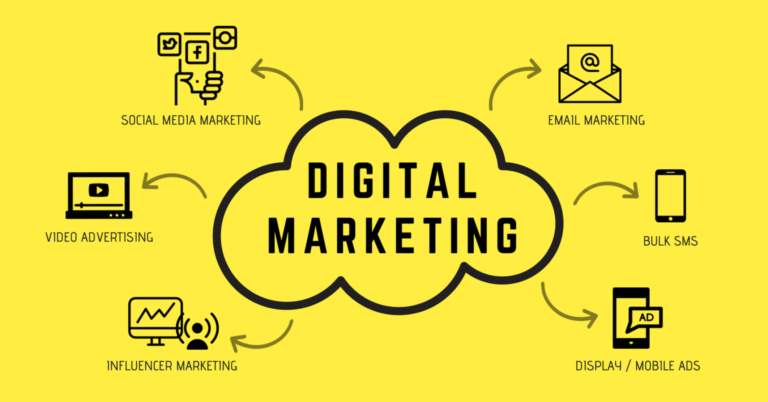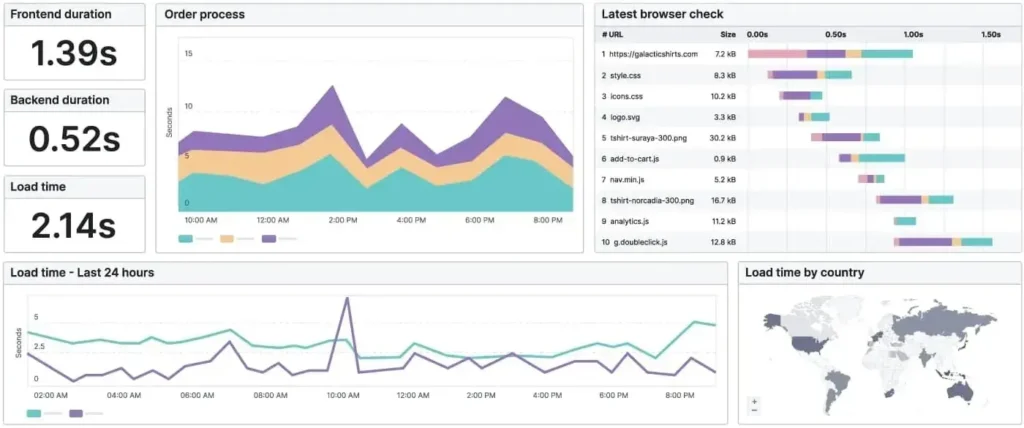When you’re managing just one brand, keeping marketing campaigns aligned is tough enough. Now imagine coordinating performance campaigns, retargeting funnels, and marketplace listings across half a dozen businesses at once — each with different audiences, budgets, and growth objectives. That’s the challenge I stepped into, and it became the foundation of my work delivering integrated digital marketing at scale.
The Challenge of Fragmented Marketing
Most of the companies I partnered with were running ads in silos. Google Ads was separate from Meta campaigns, SEO wasn’t informing paid search, and marketplaces like Amazon or Etsy weren’t being leveraged properly. Reporting lived in scattered dashboards, which meant leadership often had to wait weeks for clear insights. Costs were high, but ROI was unclear.
I knew the solution wasn’t just “spend more.” It was to build connected marketing systems — where every channel speaks to the other, budgets are optimised in real time, and insights drive action immediately.
Strategy: One Funnel, Many Touchpoints
My role was to design and lead the full lifecycle of multi-channel marketing execution:
-
Google Ads – High-intent keyword campaigns paired with custom landing pages.
-
Meta Ads – Creative storytelling, retargeting, and lookalike audiences built from CRM data.
-
SEO + CRO insights – Feeding organic learnings directly into paid campaigns to boost Quality Scores and lower CPC.
-
Marketplaces – Expanding sales presence beyond owned websites to capture new revenue streams.
-
Email Automation – Behaviour-based sequences to nurture leads and bring back cart abandoners.
Each brand had its own nuances, but the unifying principle was always the same: create a single funnel where awareness, engagement, and conversions are tracked and optimised together.
Execution: From Ads to Analytics
For Movemates, a moving services company in London, we leaned heavily into Google Ads, competing against well-funded national players. With careful CRO on landing pages and laser-targeted local ads, we reduced CPA while keeping lead volume steady.
For e-commerce brands like Dotnpix and RugOutlet, the strategy leaned into social storytelling. We paired visually-driven Meta ads with search campaigns, retargeted visitors through pixel data, and re-engaged them with email drip campaigns.
In parallel, I set up integrated dashboards using Google Analytics 4, Search Console, and HubSpot. This meant decision-makers weren’t flying blind anymore — they could see spend, ROI, and customer journeys in one place, updated daily.
Results: ROI You Can Measure
The numbers told the story:
-
Click-through rates (CTR) improved by up to 35% once creative testing and CRO insights were folded into campaigns.
-
Cost per acquisition (CPA) dropped by an average of 22% across Google Ads and Meta.
-
Multi-brand revenue impact exceeded £250k+ annually, combining efficiencies from paid and organic channels.
-
Email remarketing sequences achieved open rates of 40%+ and conversion uplifts of 18% for abandoned cart flows.
These weren’t isolated wins — they came from consistent, structured, and cross-channel execution.
Why It Worked
The secret wasn’t just better ad copy or a clever targeting hack. It was building connected systems:
-
Paid campaigns learned from SEO data.
-
Email flows were triggered by ad interactions.
-
CRO testing on websites fed back into ad landing pages.
By eliminating silos, I turned what had been fragmented efforts into an ecosystem that compounds results.
Looking Ahead
The future of integrated marketing isn’t just juggling more channels. It’s about making sure AI-powered bidding, audience insights, and creative testing all work together in real time. The foundation I’ve built across these ventures proves that when you bring channels into alignment, growth isn’t just faster — it’s smarter and more sustainable.








